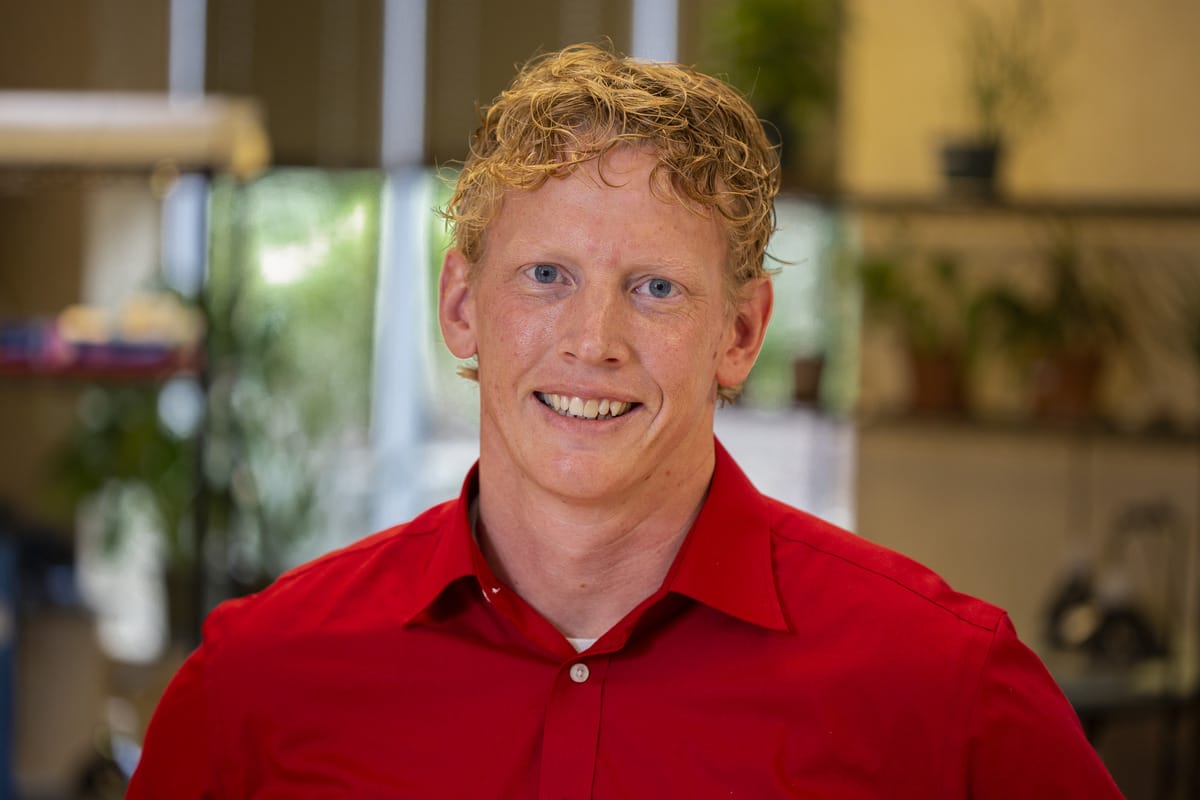Normal.
These days, “normal” feels nostalgic — a reminder that the world wasn’t always apocalyptically strange. We long for the way things used to be. Instead, we’re marching toward some brave new normal. We’re being told that things will never be the way they were, and that we should resign ourselves to the fact that the world we lived in before the pandemic is gone, forever.
They’re right, of course. The pre-pandemic world is gone forever, just like every other world that disappears the moment it slips from the present into the past. There is, after all, nothing constant except change, and there is no going back. In fact, that’s what normal is for. Norms are our ways of building structure in a chaotic world. Norms give us footing in an uneven universe. They’re the patterns that persist in the face of perpetual change.
Norms develop within communities. They look different for children and adults; for peanut vendors and politicians. Some norms inspire; others should be broken. These days, when your students feel particularly buffeted by chance and change, it’s crucial to build your norms wisely. Why not build some together?
Purposeful Norms
Aristotle famously observed that we are what we repeatedly do. The same is true for your classroom: the rules, routines, and procedures you put in place create your culture. When considering what should be normative in your classroom, it’s important to be intentional about a few important considerations: consistency, care, freedom, and fun.
Consistency
Consistent expectations, clearly communicated, make students feel safe. Some teachers feel as if they’re being overly rigid when they create extremely clear expectations. That’s not the case; when students know the expectations, they feel safe to live as curious, creative humans.
I was recently listening to an interview with actress Claire Danes who described an eye-opening art class she took at Yale. Students had very explicit instructions to use a ruler to draw a single line from one side of their paper to the other. Even though the instructions were extremely narrow, every student drew something different — and learned that even in the simplest tasks, there’s almost infinite room for creativity. Giving students clear boundaries doesn’t stifle creativity; rather, it allows students to feel secure in expressing their creativity in acceptable and valued ways.
Care
The idea of acceptance leads us to the importance of care as a criterion for excellent norms. Make it a habit to check in with your students emotionally and psychologically. Build routines into your day to allow them to express themselves. Create structures that foster social-emotional learning. It’s great to show students that you care — but it’s even better to do it with consistency.
Freedom
You can make freedom the norm when you incorporate student choice and voice in a consistent way. Implement strategies like choice boards so students know that your rules and routines exist to create space for their self-expression. Explore resources to foster risk-taking and perseverance. Make your classroom a safe place to fall down and get back up — do it on purpose, and for a purpose.
Fun
Finally, when you think about rules and routines, think about fun. A little planned silliness can really make your classroom come alive, and make a difference in a student’s life. For instance, I realized one day that the word “baboon” is incredibly fun to say. You can’t say it without feeling just a little happier. So I changed the routine in my classroom: instead of saying “Good morning” or “Hello”, we said, “Baboon.”
It was fun. After a few years, whenever I walked into the lunchroom everyone would say, “Baboon”. It would echo off the walls. Everyone smiled. Even when kids were graduated and went off to high school, they’d still give me a little salute and say, “Baboon” when our paths crossed. We’d both smile.
That matters. A hundred extra smiles every day, for a hundred and eighty days, for years and years. That’s a lot of little smiles, just from one silly little word. Be fun, and be fun intentionally. Be consistent. It all adds up.
Your Power
As a teacher, you have incredible power to create normal for your students. Right now, they desperately need it. Take a minute tonight and think about rules and routines — procedures and practices — that you could put in place in your classroom, tomorrow, to create a normal that’s full of consistency and care, freedom and fun.

